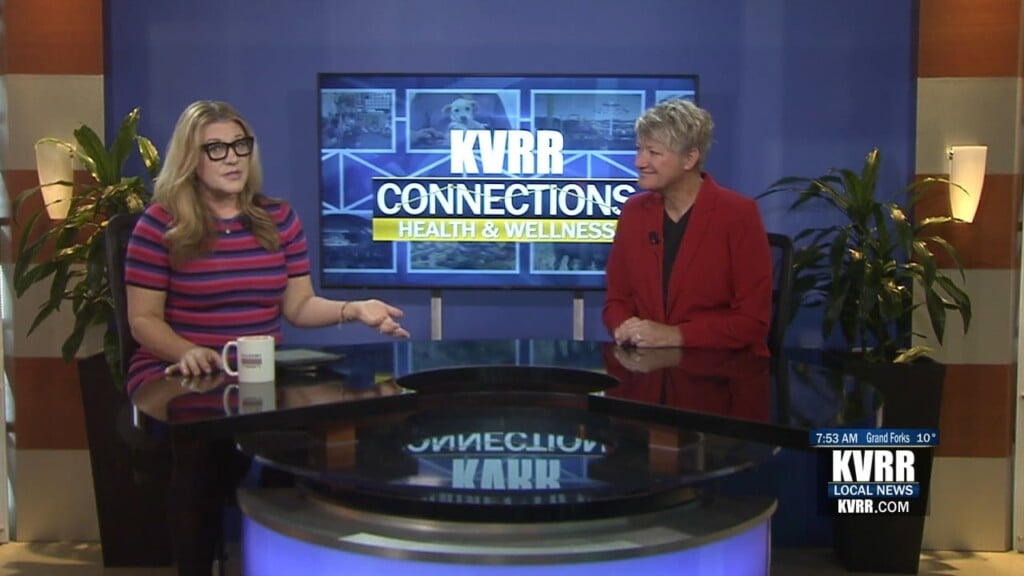TAVR saving lives & changing cardiology
This month is the 10-year anniversary of Sanford Health's first Transcatheter aortic valve replacement, doctors say it's a game changer in the world of cardiology.
FARGO, N.D. (KVRR) – This month is the 10-year anniversary of Sanford Health’s first transcatheter aortic valve replacement.
Doctors say it’s a game changer in the world of cardiology.
We spoke to to a woman who’s caught her second wind of life after the procedure and the cardiologist who helped her through.
Virginia MacKinnon of Bemidji is approaching 90-years-old and when she started to not feel like her normal active self she chalked it up to getting older and her families history of heart problems. Fortunately after some months she went to see a doctor.
“I had a valve replacement because I was having shortness of breath and I was tired all the time,” MacKinnon said.
Mackinnon says she wasn’t sleeping well, was having trouble talking and was losing color.
“In Bemidji they did some tests and I have had stints put in several times in the past,” MacKinnon said.
They decided her best option was to come to Sanford Medical Center in Fargo.
“Typically what happens is you know as people age certain people will develop a narrowing of their aortic valve, and as that aortic valve narrows, it prevents blood flow from leaving the left interictal and that’s, the aortic valve feeds your whole body,” Sanford Health. Interventional Cardiologist Dr. Tom Haldis said.
He compared the blockage to stepping on a water hose and trying to get water out of it.
“Once it becomes severe the treatment is to replace the valve, people can develop chest paint, they can pass out, they can die from it. Transcatheter aortic valve replacement is an absolute game changer, it totally changed the way we practice medicine at least practice cardiology. Now we have a minimal invasive technique that’s actually superior to opening somebody up. The truth is once we fix the valve, once we replace the aortic valve, the patient’s functioning capacity, their ability to do what they would ordinarily like to do is better. It’s improved,” Haldis said.
Before this new technique cardiologist would have to cut open and go through the chest to replace valves.
“These tissue valves because their tissue we can make them small and cryptate and put them inside the leg and feed them up to do the percutaneous procedure,” Haldis said.
The new valve is placed inside the diseased valve. So there is less risk, and surgery recovery times have been cut from days or a week in the hospital, to next day release for patients.
“I’m doing quite well right now, I have no shortness of breath and I’m back to exercising. Made quite a difference because before that even just going up a few steps, I was very short of breath, and then once I went home from having the procedure here I could go up and down steps with no problem,” MacKinnon said.
These two were tied together before they even met though.
“My great grandfather graduated in the first class from the Philadelphia Handelman Hospital and Dr. Haldis has graduated from the same hospital and I felt like that was an omen why I should come to him and have this procedure,” MacKinnon said.






